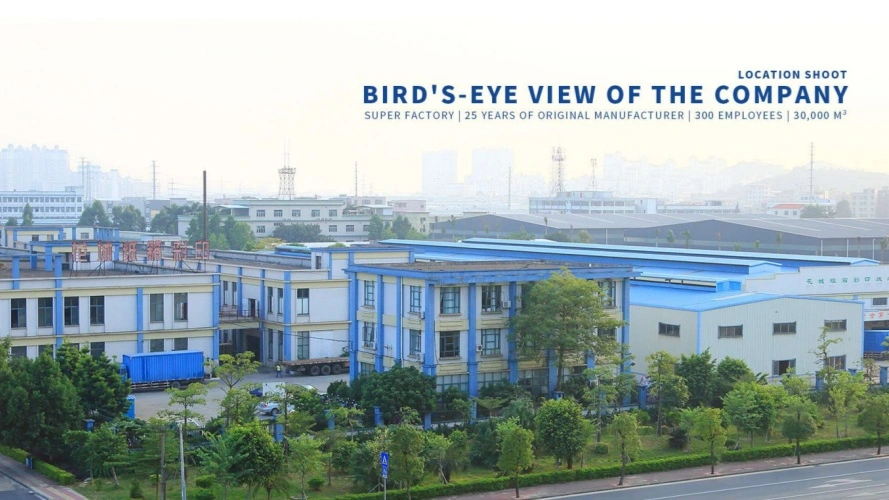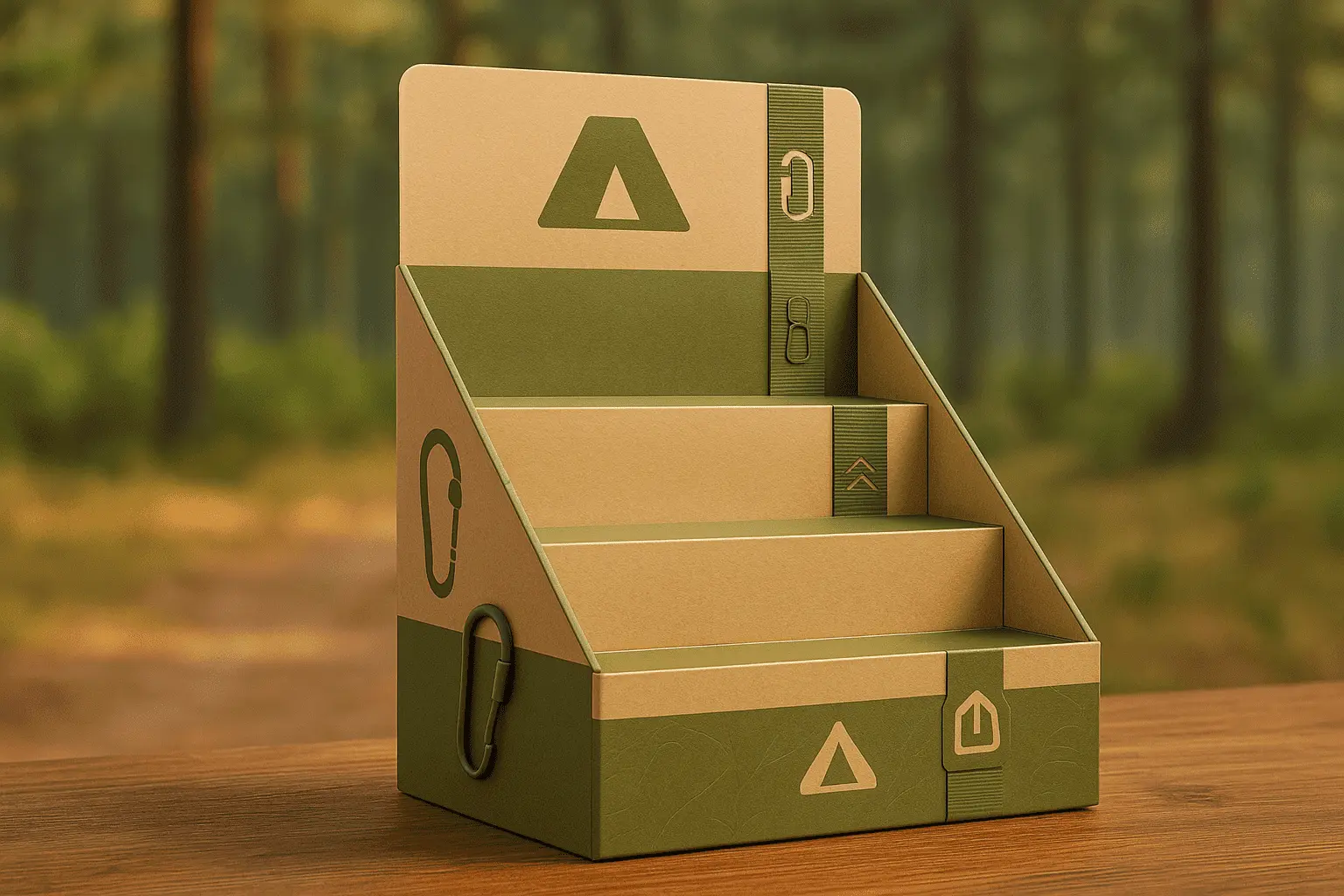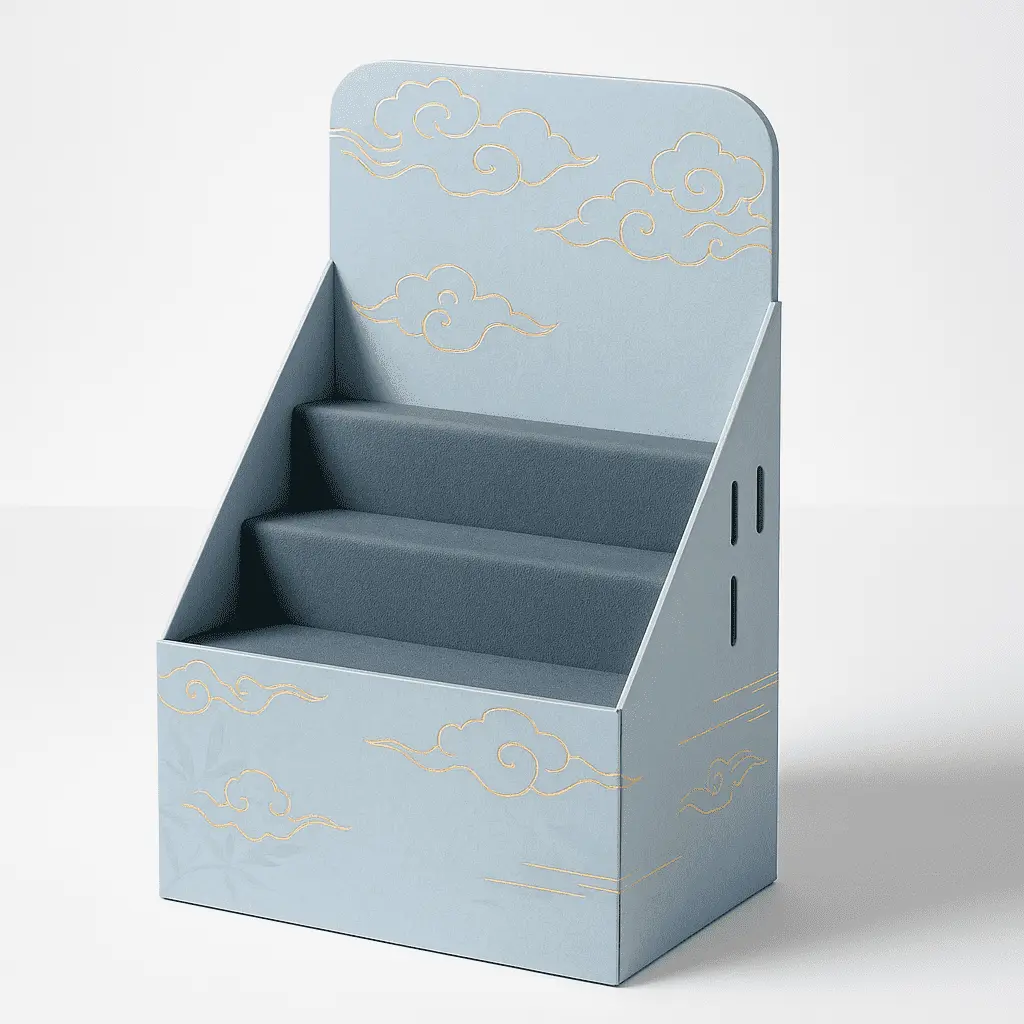Optimizing Shelf-Ready Packaging for Maximum Impact
Understanding the Basics of SRP Design
Shelf-ready packaging, also known as retail-ready packaging, is designed to transition seamlessly from transport to retail display with minimal handling. The core concept revolves around creating packaging that serves dual purposes: protecting products during shipping and presenting them attractively on store shelves. Effective SRP design considers factors such as ease of identification, simple opening mechanisms, and efficient product removal.
To achieve these goals, packaging engineers focus on structural elements that facilitate quick restocking and maintain product integrity. This may involve perforated sections for easy conversion from shipping case to display unit, or built-in supports that keep products upright and visible. Understanding these fundamentals is crucial for developing SRP solutions that meet both logistical and marketing needs.
Balancing Functionality and Aesthetics
While the primary function of shelf-ready packaging is to streamline retail operations, its visual appeal plays a significant role in capturing consumer attention. Striking the right balance between functionality and aesthetics requires careful consideration of both structural and graphic design elements. This balance is particularly important in the FMCG sector, where products often compete for limited shelf space and consumer attention.
Effective SRP design incorporates brand colors, logos, and key messaging in ways that enhance shelf impact without compromising the packaging's practical features. This might involve using high-quality printing techniques on corrugated surfaces or integrating die-cut windows to showcase the product itself. By harmonizing form and function, brands can create SRP that not only simplifies retail processes but also serves as a powerful marketing tool at the point of sale.
Incorporating Sustainability into SRP Design
As environmental concerns continue to influence consumer purchasing decisions, integrating sustainability into shelf-ready packaging design has become increasingly important. This involves selecting eco-friendly materials, minimizing waste, and considering the entire lifecycle of the packaging. Sustainable SRP solutions may utilize recycled or recyclable materials, employ minimalist designs that reduce material usage, or incorporate innovative biodegradable alternatives.
Beyond material choices, sustainable SRP design also considers the efficiency of the packaging in reducing overall environmental impact. This could mean optimizing case sizes to maximize transport efficiency or designing packaging that can be easily disassembled and recycled at the end of its use. By prioritizing sustainability in SRP design, brands can appeal to environmentally conscious consumers while also potentially reducing packaging costs and improving their ecological footprint.
Enhancing Brand Visibility Through Strategic SRP Design
Leveraging Color Psychology in Packaging
Color plays a pivotal role in shelf-ready packaging design, influencing consumer perceptions and purchase decisions. Understanding color psychology and its application in retail environments can significantly enhance brand visibility and product appeal. For FMCG brands, selecting the right color palette for SRP is not just about aesthetic preferences; it's a strategic decision that can impact sales performance.
Effective use of color in SRP design involves considering factors such as category norms, brand identity, and the emotional responses different hues evoke. For example, vibrant colors might be appropriate for energetic or youthful brands, while muted tones could convey sophistication or naturalness. The key is to choose colors that not only stand out on the shelf but also align with the brand's messaging and target audience expectations.
Maximizing Shelf Impact with Strategic Branding
In the competitive FMCG landscape, shelf-ready packaging serves as a crucial brand touchpoint. Maximizing shelf impact through strategic branding involves more than just prominently displaying a logo; it requires a holistic approach to visual communication. This includes thoughtful placement of brand elements, consistent use of typography, and integration of key product information in a way that's easily digestible at a glance.
Effective SRP branding strategies might incorporate bold brand colors across large surface areas, utilize distinctive shapes or silhouettes that are immediately recognizable, or feature oversized logos that are visible from multiple angles. The goal is to create a strong brand presence that captures attention and facilitates quick product recognition, even in cluttered retail environments.
Utilizing Innovative Printing Techniques
Advancements in printing technology have opened up new possibilities for enhancing the visual appeal of shelf-ready packaging. Innovative printing techniques can add depth, texture, and interactivity to SRP, helping products stand out in a sea of competitors. These techniques go beyond traditional flat printing to create packaging that engages multiple senses and leaves a lasting impression on consumers.
Some cutting-edge printing options for SRP include holographic effects that create eye-catching movement, tactile finishes that invite touch, and variable data printing for personalized messaging. Additionally, high-definition flexographic printing allows for crisp, detailed graphics on corrugated surfaces, elevating the perceived quality of the packaging and, by extension, the product itself. By leveraging these innovative techniques, brands can create shelf-ready packaging that not only protects and displays products but also serves as a powerful marketing tool.
Streamlining Retail Operations with Efficient SRP Design
Optimizing Case Sizes for Retail Efficiency
One of the key considerations in designing effective shelf-ready packaging is optimizing case sizes to align with retail operations. This involves striking a balance between maximizing shelf space utilization and ensuring efficient handling throughout the supply chain. Properly sized SRP can significantly reduce the time and effort required for restocking, ultimately improving retail efficiency and reducing labor costs.
When determining optimal case sizes, factors such as product dimensions, shelf depths, and typical sales velocities must be taken into account. Collaborating closely with retailers to understand their specific requirements and constraints can lead to SRP solutions that seamlessly integrate with existing shelf layouts and inventory management systems. This collaborative approach ensures that the packaging not only meets the brand's needs but also enhances the retailer's operational efficiency.
Incorporating Easy-Open Features
The ease with which shelf-ready packaging can be opened and prepared for display is crucial for streamlining retail operations. Incorporating intuitive, easy-open features into SRP design can significantly reduce the time and effort required to restock shelves, minimizing disruptions to store operations and improving overall efficiency. These features should be designed with both store staff and shopper convenience in mind.
Effective easy-open solutions might include tear-away strips, perforated sections, or strategically placed handles that facilitate quick and clean removal of the upper portion of the packaging. The remaining tray should provide stable support for the products while allowing easy access for consumers. By focusing on these practical design elements, brands can create SRP that not only looks great on the shelf but also enhances the retail experience for both staff and shoppers.
Enhancing Product Visibility and Accessibility
A critical aspect of effective shelf-ready packaging design is ensuring that products are highly visible and easily accessible to consumers. This involves careful consideration of how the SRP will present products once on the shelf, taking into account factors such as product orientation, front-facing area, and ease of removal. Well-designed SRP should allow consumers to quickly identify and select products without the need to rummage through packaging or disrupt the display.
Strategies for enhancing product visibility and accessibility might include incorporating angled or tiered designs that naturally showcase products, using cut-out sections that offer glimpses of the actual product, or designing packaging that automatically advances products to the front of the shelf as items are removed. By prioritizing these aspects of SRP design, brands can create packaging that not only looks appealing but also actively facilitates the shopping experience, potentially leading to increased sales and customer satisfaction.
Conclusion
Effective shelf-ready packaging design is a powerful tool for FMCG brands, offering benefits that extend from the supply chain to the point of sale. By focusing on optimizing impact, enhancing brand visibility, and streamlining retail operations, brands can create SRP solutions that stand out in competitive markets. The key lies in balancing functionality with aesthetics, leveraging innovative design and printing techniques, and always keeping the end-user - both retailers and consumers - in mind. As the retail landscape continues to evolve, brands that invest in thoughtful, strategic SRP design will be well-positioned to capture attention, improve operational efficiency, and ultimately drive sales growth.
Contact Us
Ready to revolutionize your product packaging with cutting-edge shelf-ready solutions? At [Company Name], we specialize in creating custom SRP designs that elevate your brand and optimize retail performance. Our team of experienced packaging engineers and designers are here to bring your vision to life. Contact us today at support@fetchingprinting.com to discuss how we can transform your packaging strategy and give your products the shelf presence they deserve.





